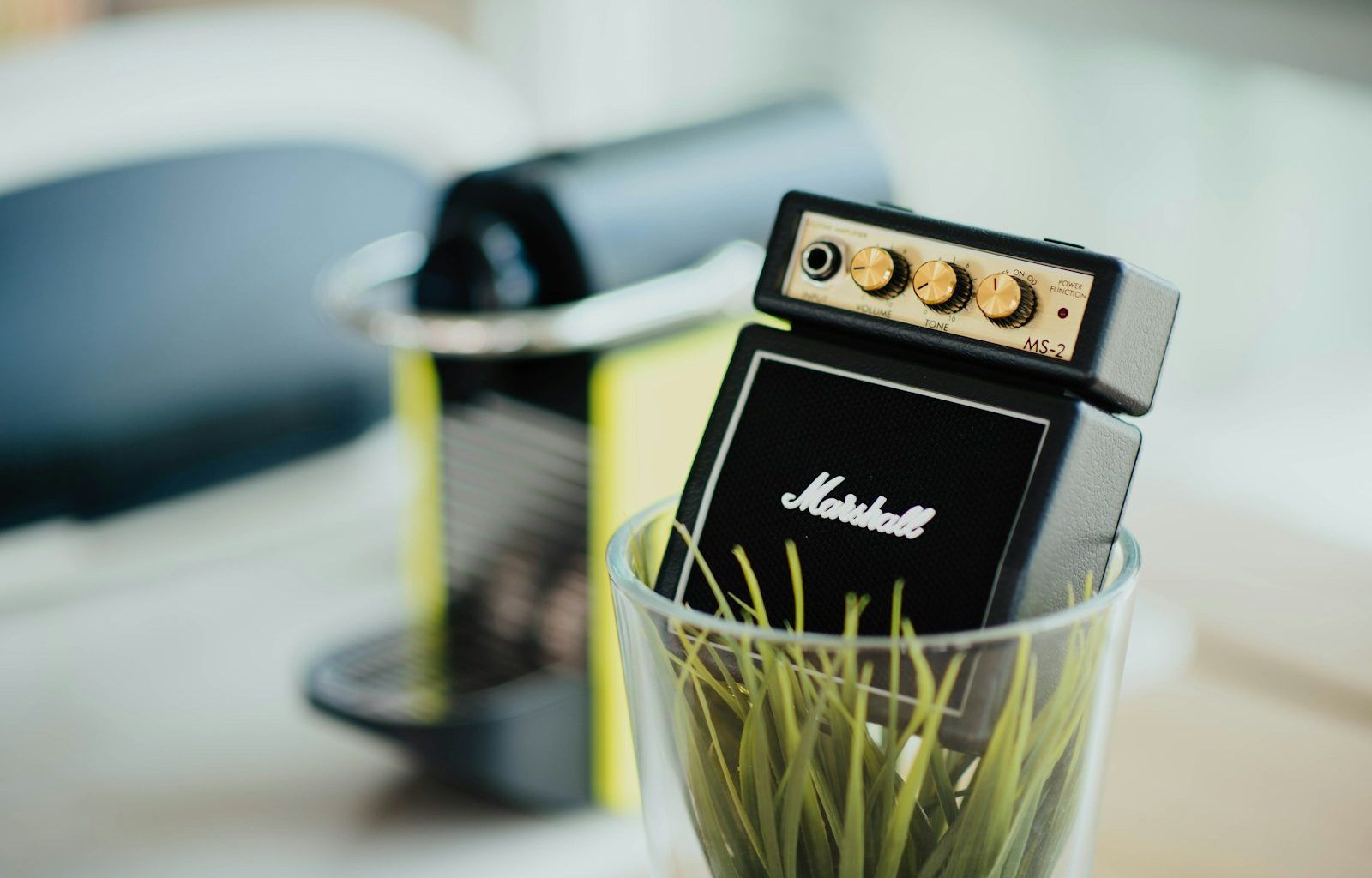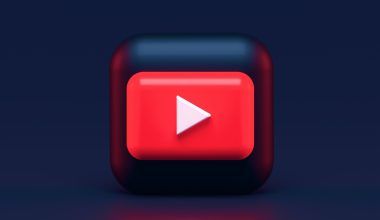Getting your music on YouTube Music is no longer an impossible dream, even without a label. Independent artists have more tools and opportunities than ever to showcase their talent. Whether you’re a singer, songwriter, or producer, this guide will walk you through the simple steps to share your song on YouTube Music without a label. By the end, you’ll see just how easy and rewarding it can be.
Why Choose YouTube Music?
YouTube Music has become a favorite platform for music lovers around the world. With millions of active users, it’s an incredible space to reach a global audience. Unlike traditional streaming platforms, YouTube Music integrates directly with YouTube’s massive video-sharing audience, offering independent artists a unique opportunity to gain visibility and build a fanbase.
Understanding the Basics
Before jumping in, it’s important to understand how YouTube Music works. This platform is primarily tied to YouTube, so the content you upload to YouTube can seamlessly appear on YouTube Music. This means that if your song is part of a video or an audio-only file uploaded to YouTube, it has the potential to reach audiences on both platforms.
1. Create a YouTube Channel
The first step is to have a dedicated YouTube channel. If you don’t already have one, creating it is simple. Go to YouTube, sign in with your Google account, and click on “Create a Channel.” Choose a name that reflects your artist brand.
2. Optimize Your Channel
Your channel is your storefront, so make it appealing. Add a professional profile picture, a channel banner, and a bio that tells people who you are and what kind of music you create. Be clear and concise, and make it inviting for potential fans.
3. Prepare Your Song
If your song isn’t ready yet, take time to ensure it’s polished. High-quality audio is essential for a good listener experience. Invest in professional mixing and mastering to make your music stand out.
4. Create a Visual Component
While YouTube Music allows audio-only uploads, a visual component can make your content more engaging. This doesn’t have to be a full music video; a simple lyric video, album art, or animated graphic can do the trick. Tools like Canva or Adobe Spark can help you create visuals without needing a big budget.
5. Upload Your Song
Once your song is ready, log into your YouTube channel and click the “Upload” button. Add your audio file and pair it with your chosen visual. Make sure your video title, description, and tags include relevant keywords, such as the title of your song, your artist name, and terms like “new music” or “indie artist.”
6. Use YouTube Studio
YouTube Studio is a powerful tool that can help you manage and promote your song. After uploading, use the Studio to:
- Add metadata: Write a compelling description, and include links to your social media, website, or streaming profiles.
- Set a thumbnail: Create an eye-catching thumbnail to grab attention.
- Add subtitles: Subtitles can make your content accessible to a broader audience.
7. Distribute Your Song
While uploading directly to YouTube is great, you can also use a music distributor to get your song on YouTube Music. Platforms like Deliver My Tune, TuneCore, and CD Baby offer affordable ways to distribute your music to YouTube Music and other streaming services. These platforms act as intermediaries, ensuring your song gets the professional treatment it deserves.
8. Promote Your Song
Promotion is key to reaching more listeners. Share your video on social media platforms like Instagram, TikTok, and Twitter. Collaborate with other artists or influencers to amplify your reach. Don’t forget to engage with your audience by responding to comments and messages.
9. Monetize Your Song
YouTube offers monetization options through its Partner Program. If your channel meets the requirements (like having 1,000 subscribers and 4,000 watch hours), you can earn revenue from ads displayed on your videos. Additionally, enabling YouTube Music’s Content ID system ensures you get paid whenever your song is used in other videos.
10. Engage With Your Fans
Fans are the lifeblood of any artist’s career. Engage with them by posting updates, behind-the-scenes content, or live performances. Building a connection with your audience can help you grow a loyal fanbase.
Common Challenges and How to Overcome Them
Sharing your song on YouTube Music without a label comes with its own set of challenges, but they are manageable:
- Low Budget: Focus on free or affordable tools for production and promotion.
- Limited Reach: Collaborate with other artists and leverage social media.
- Time Constraints: Create a schedule to stay consistent with your uploads and promotion.
Benefits of Being an Independent Artist on YouTube Music
Being an independent artist gives you complete creative control. You decide how your music sounds, how it’s marketed, and how you connect with your fans. YouTube Music provides analytics tools to track your performance, helping you make informed decisions about your career.
Conclusion
Sharing your song on YouTube Music without a label is not just possible; it’s empowering. With the right tools and strategies, you can reach a global audience and build a career on your own terms. Start today by creating your YouTube channel, preparing your music, and promoting it to the world. Your journey as an independent artist is yours to shape—and YouTube Music is a fantastic platform to share your talent.
For further reading, explore these related articles:
- Monetize Your Album on iTunes to Get Exposure
- Monetize Your Album on Google Play for Free
- How to Monetize your album on all streaming platforms for free
For additional resources on music marketing and distribution, visit DMT RECORDS PRIVATE LIMITED.






